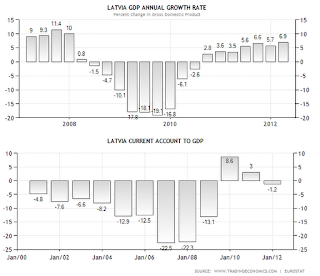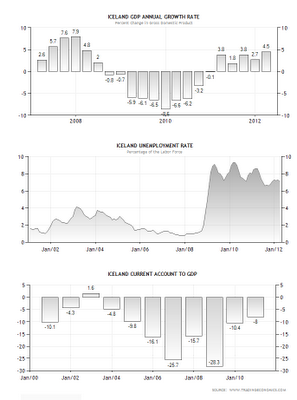Sweden - a cherry on top

The final chapter of the cross-country coverage of successful (and not so successful) recoveries ends this month with Sweden, the star of the recovery. Sweden is often hailed by Keynesists and many alike as a "poster child" of a welfare state that succeeds in creating an equal society while maintaining macroeconomic stability. It is very often promoted as the model upon which the US and the UK should organize their economies. But Sweden today is far from it. It has moved from a focus on equality to a focus on dynamic growth. I t is persistently ranked among the most free nations in the world (along with other Scandinavian countries). Particularly in the last 20 years, Sweden became the perfect example of a state with high levels of individual and economic freedom. It has an institutional system which clearly defines rules in a society but which doesn't discourage innovation or incentives to work and create valu...







